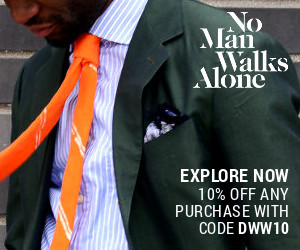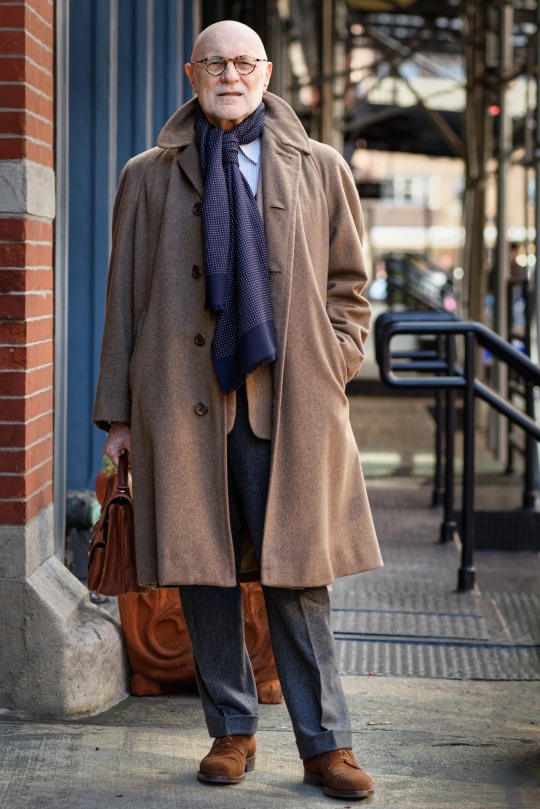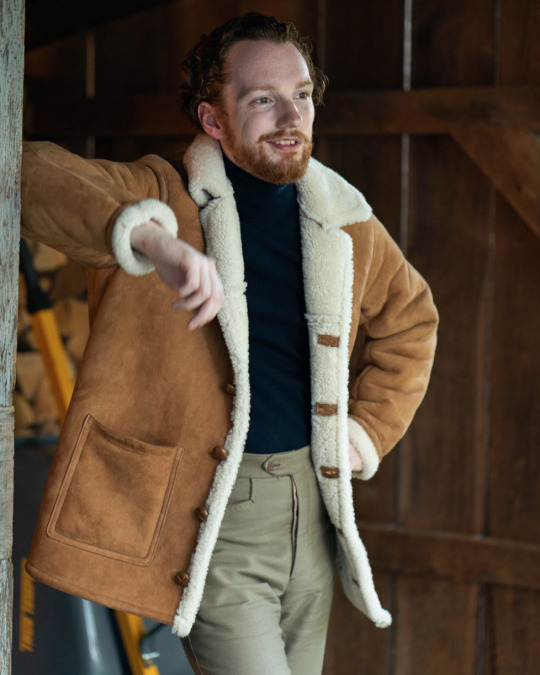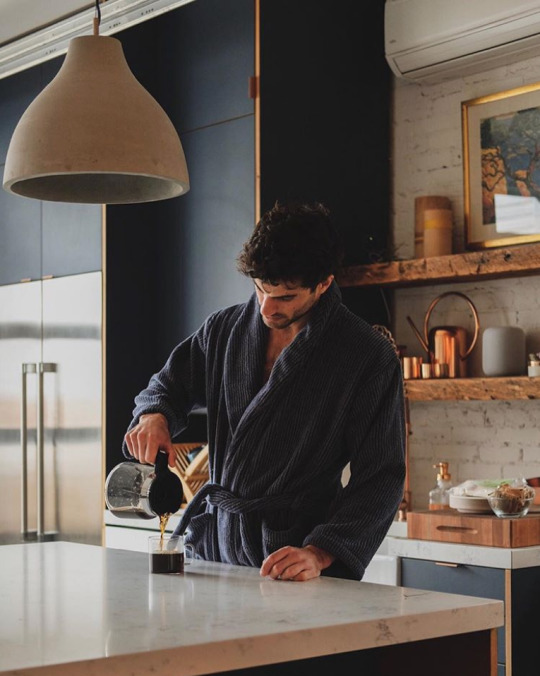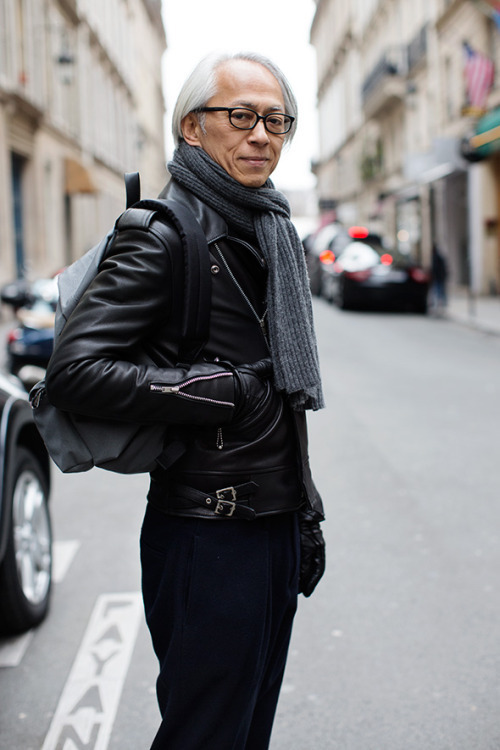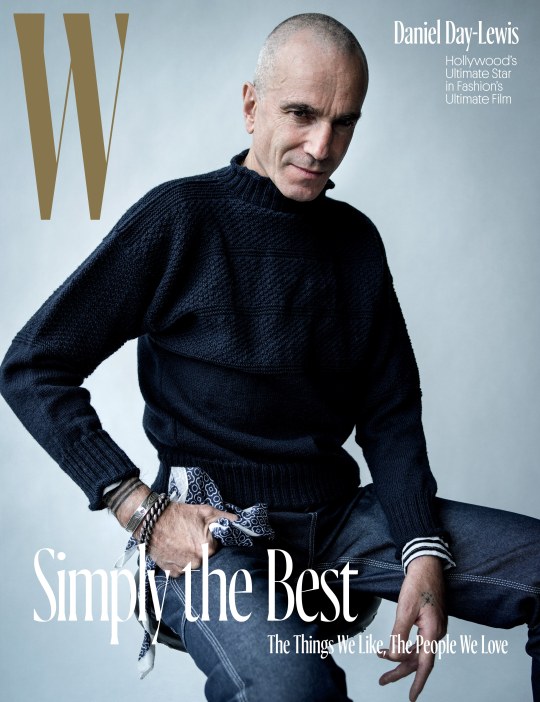
Black Friday sales are upon us. Every year, I roundup some of my favorites both here and at Put This On (we’ll have a comprehensive list of every worthwhile sale later this week, on Friday). Some stores, however, are getting a jump on things. Many have already started their Black Friday promotions, with discounts going as deep as 50% off. There’s even a topcoat below for just $150. From affordable workwear to contemporary casualwear, here are nine really good early-bird specials.
J. Crew: 50% Off, Code TGIF
J. Crew’s never-ending sales have become a running joke on Twitter, but I also think their Wallace & Barnes line is one of the best values in menswear right now. Their clothes have a more boutique feel than J. Crew’s mainline, are made from better materials, and are inspired by the company’s vintage design archive. Wallace & Barnes is great even at full retail, but with the current promotion, it almost feels like you’re shopping in 2009 again, before fashion prices were launched into outer space. This indigo moleskin chore coat, for example, is just $130. Their autumnal Fair Isle sweaters are $74; terrycloth sweatshirt $40; heavyweight flannel and hearty herringbone work shirt less than $50. This olive green, cotton-hemp shirt is kind of basic, but also just $27.
Keep reading


